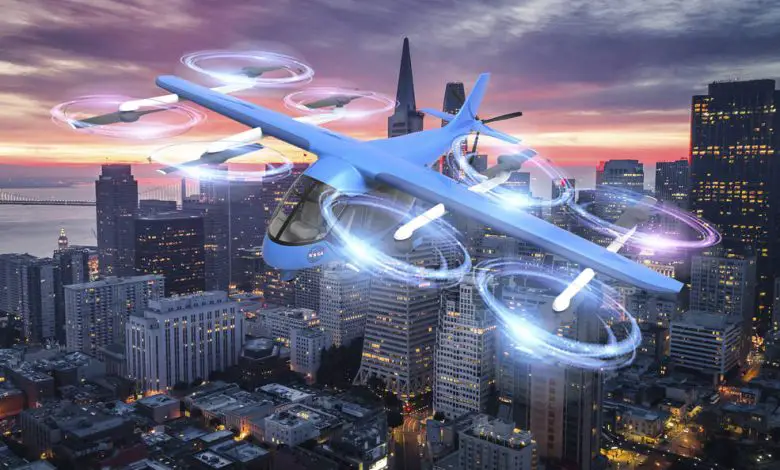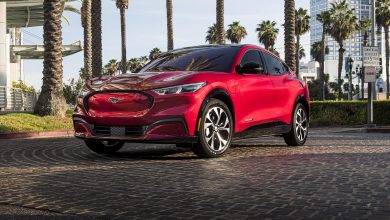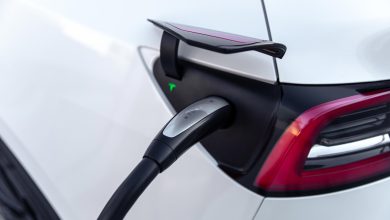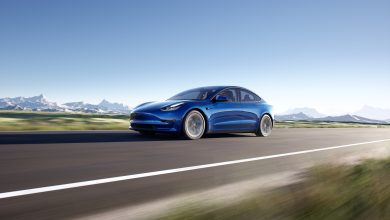NASA’s SABERS Battery May Be The Game Changer For Mobility Electrification
Battery TechEV NewsSABERS could lead to EVs with 1,000 miles of range

As the world races towards electrification to fight global warming, one of the main stumbling blocks stalling the process is the absence of an efficient battery. Electric vehicles depend on batteries for their energy and the currently available batteries are largely unsafe and inefficient.
News of EV batteries blowing up is far too common in the media. Lithium-ion batteries can blow up on impact which also makes recycling difficult. The liquid content of lithium-ion batteries often leads to overheating and loss of charge over time.
This safety concern is also the reason why we are yet to see an electric plane or ship. It is far too risky to put the available lithium-ion batteries in airplanes and ships carrying hundreds of people.
However, that problem may soon be a thing of the past. For over four decades, NASA has been working on a battery under project SABERS that eliminates the combustible materials in currently available batteries with safer materials which will make it easier to deploy batteries to airplanes and ships in the future without compromising performance and safety.
The challenges with lithium-ion batteries
Virtually all EVs on the road at the moment rely on lithium-ion batteries as their energy source. Significant progress has been made in the past decade in EV batteries. Manufacturers continue to push the range of lithium-ion batteries without necessarily increasing the size. From 200 miles in early EVs, we now have EVs with batteries that can reach 500 miles (like the Tesla Semis) on a single charge.
Lithium-ion batteries are made by sandwiching three components together. The top part is the cathode which is made from lithium seasoned with cobalt or some other toxic element. The bottom is the electrode which is mostly made with graphite. Finally, the middle of the battery is filled with electrolyte which is basically a flammable liquid.
The chemical reactions that occur between these different elements give the battery the ability to charge, store, and produce electricity. While this model has worked for many years, they are also problematic.
When compared to fossil fuels, even the best lithium-ion battery is still years behind in performance. A 2016 study by Argonne National Laboratory (a branch of the U.S. Department of Energy) said it would take at least three decades for batteries to match fossil fuels in power density. By Argonne Lab’s calculations, that may happen no earlier than 2045.
The unit for comparison is watt-hour per kilogram. What this means is that the more energy that can be generated per unit of weight, the higher the power density and efficiency of the battery. Sadly, humans don’t have three decades to save the planet. Fighting global warming is more like an emergency situation that requires immediate solutions.
Another problem with deploying lithium batteries for mobility electrification is their awkwardly long charging speed. For example, Tesla Model S Plaid is considered to be one of the fastest when it comes to charging. However, it still takes 1 hour to charge it from 0 to 100%. On the other hand, you can fill a gasoline tank of comparable range in about 5 minutes.
Lithium-ion batteries need an effective cooling system which is often deployed with the pack. This increases the weight of the battery and impacts the weight of the product where it would be deployed. On average, EV batteries weigh 1,000 pounds while the Hummer EV battery weighs as much as 2,900 pounds.
Lastly, lithium-ion batteries are made from scarce elements like cobalt and lithium—which risk running out in 2050 according to scientific estimates. As a result of the geographical distribution of these elements, their mining has often led to tensions between companies and their host communities.
SABERS project makes use of graphene
The Department of Mechanical Engineering at Carnegie Mellon University released a research paper in 2021 that suggested a small regional aircraft will need a battery with a minimum of 480 watt-hours per kilogram power density. However, the most efficient lithium-ion battery at the moment only delivers about 260 Wh/kg. This is what SABERS wants to change.
SABERS is an acronym for Solid-state Architecture Batteries for Enhanced Rechargeability and Safety. The project has been running for years under NASA’s “high risk, high reward” research program. The sole goal of the project is to develop a battery that will safely power electric flight. The success of this project will hugely impact every other electronic device that runs on battery.
Development is ongoing at NASA Glenn Research Center in Cleveland, Ohio. The team of engineers led by Dr. Rocco Viggiano wants SABERS to charge fast, be light, powerful, and scalable for diverse applications as well as be extremely safe. That means the elimination of the toxic and combustible materials found in lithium-ion batteries.
According to Viggiano, instead of packaging each individual cell in a steel casing like in liquid batteries, the cells are stacked together vertically inside a single case. Each cell of SABERS also consists of three layers namely the anode (lithium metal), the cathode (combination of selenium and sulfur), and the electrolyte between the two is a solid material that NASA doesn’t want to disclose just yet.
The selenium and sulfur of the cathode are arranged in a NASA-patented graphene mesh. The outcome is a battery that is affordable, scalable, and non-flammable. Preliminary tests show that the battery remains operational even after severe damage.
SABERS exceeded expectations in the preliminary test
It is one thing to have lovely theories in your head and another to translate those theories into efficient products. However, NASA was impressed by the result of the first battery test. One of the first things they noticed was that even at maximum power consumption, the temperature of the battery did not exceed 302 Fahrenheit.
Viggiano disclosed that the batteries were tested at “varying temperatures and pressures, and found that it remains functional at temperatures that nearly double that of lithium-ion batteries, without the need for elaborate cooling technology.”
The lower operating temperature is crucial for the safety of the battery as well as the final weight. Unlike lithium-ion batteries, SABERS don’t need layers of coolants. The innovative design has eliminated 30% to 40% of the battery’s weight. According to Viggiano, the “design also allows us to double or even triple the energy it can store.”
Nevertheless, the result that stunned Viggiano and his team was the power density of the battery. It was able to deliver 500 Wh/kg which is almost double what the best lithium-ion battery can offer. It also trumps the 480 Wh/kg goal set by Carnegie Mellon for regional flights.
Once fully developed and deployed, we may start seeing EVs with a range of up to 1,000 miles. Perhaps, that may be the game-changer that will kill range anxiety among EV drivers and encourage EV adoption. This will also reduce charging time and put EVs ahead of ICEs.
SABERS researchers are collaborating with organizations and other projects within NASA Aeronautics to sustain the development of more resilient batteries.
“SABERS continues to exceed its goals,” said Viggiano. “We are starting this new frontier of battery that could do so much more than lithium-ion batteries. The possibilities are pretty incredible.”




